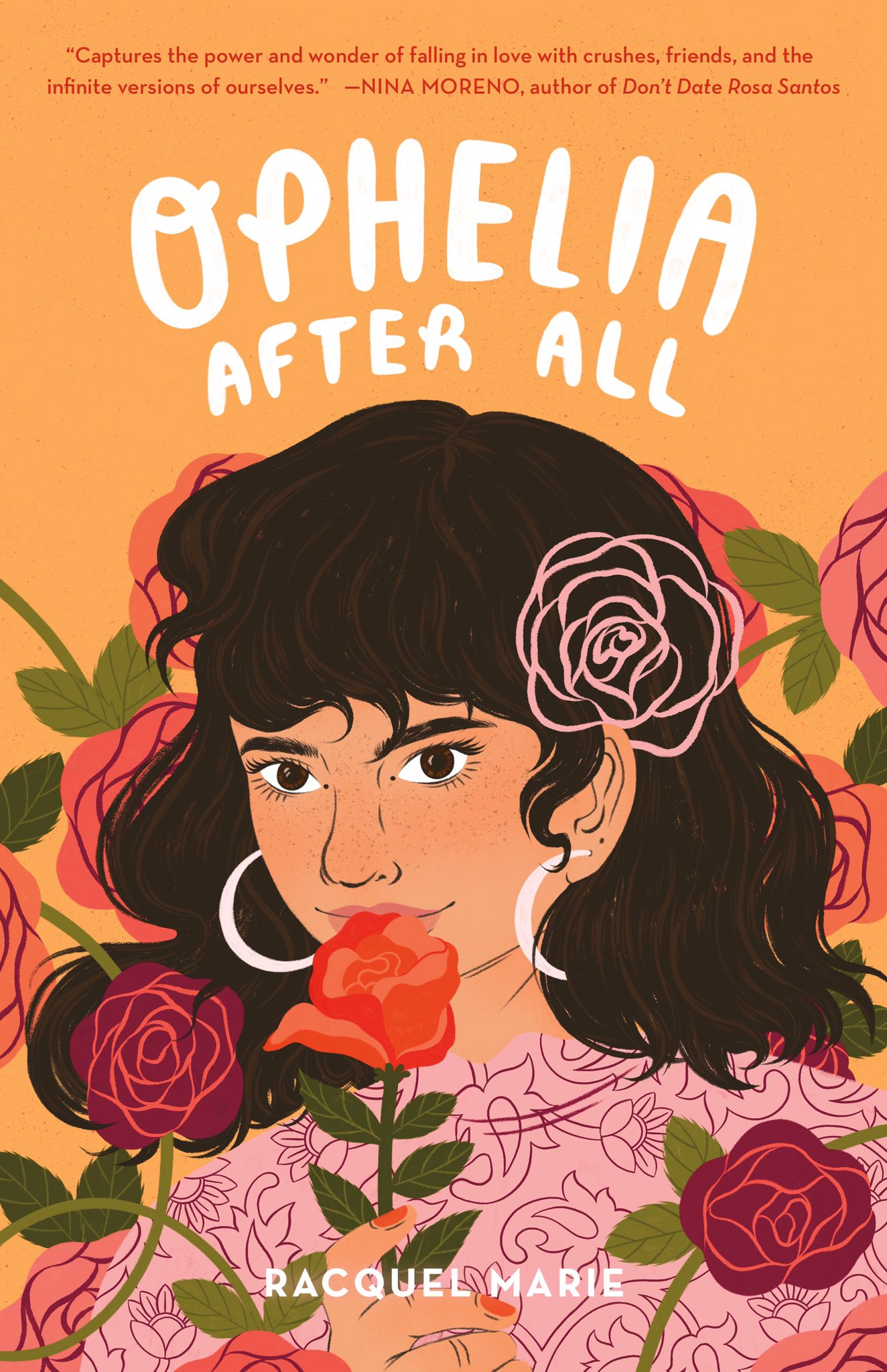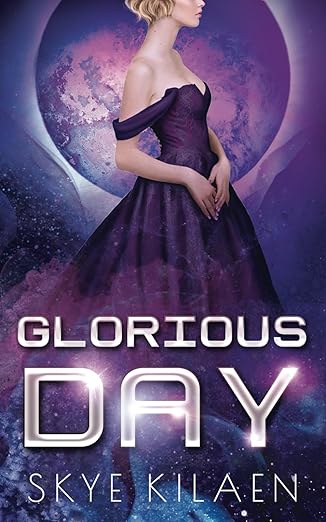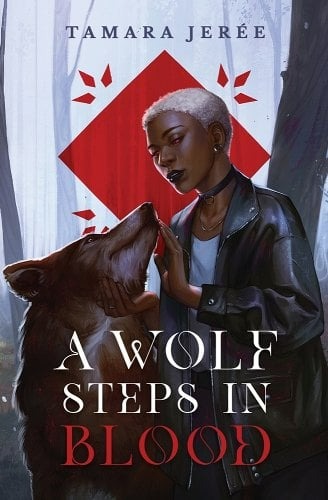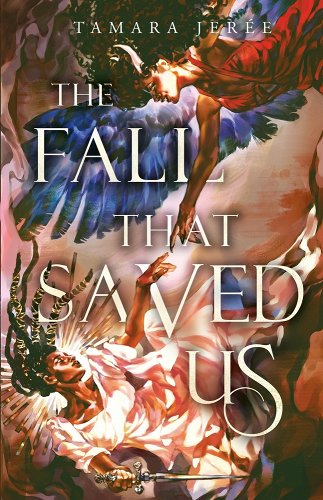Recently, I got to read Racquel Marie’s debut and sophomore releases: Ophelia After All and You Don’t Have a Shot. While the two books had different focuses, they were both compulsively readable coming-of-age stories, and I think any reader of sapphic contemporary YA will find at least one of them to be up their alley. Though it isn’tRead More
When Duty and Love Conflict and Coincide: 3 Sapphic Bodyguard Romances
There are few dynamics more swoon-worthy to me than a bodyguard romance: all of the pining of star-crossed lovers constantly at each other’s side, intense trust and protection, and often some sort of courtly intrigue. To make this sort of relationship work, the characters must be achingly careful and ultimately go through a drastic statusRead More
A Paranormal Romance Novella with Teeth: A Wolf Steps in Blood by Tamara Jerée
Buy this from Bookshop.org to support local bookstores and the Lesbrary! “We are the figures of each other’s fairytales made flesh.” – A Wolf Steps in Blood, page 22 Last October, I reviewed Tamara Jerée’s debut novel, The Fall That Saved Us, a romance between a former demon hunter and a succubus. As that was a favoriteRead More
A Manga About Love of All Kinds: Doughnuts Under a Crescent Moon by Shio Usui
Buy this from Bookshop.org to support local bookstores and the Lesbrary! Last month, I raved about She Loves to Cook, and She Loves to Eat by Sakaomi Yuzaki. It was a pretty solid guess that I would also enjoy Doughnuts Under a Crescent Moon by Shio Usui, as they’re both slice-of-life manga about adult women who fall in loveRead More
A Slice-of-Life Manga Good Enough to Eat: She Loves to Cook, and She Loves to Eat by Sakaomi Yuzaki
Buy this from Bookshop.org to support local bookstores and the Lesbrary! When I was younger, I wasn’t aware of many f/f manga about adults, so I’m glad to be able to enjoy series like She Loves to Cook, and She Loves to Eat by Sakaomi Yuzaki. After reading the first three volumes of this ongoing series, I’mRead More
A Queer Futuristic Take on a Classic Mystery Setup: The Imposition of Unnecessary Obstacles By Malka Older
Buy this from Bookshop.org to support local bookstores and the Lesbrary! I love sapphic novellas with an unconventional blend of genre elements—so of course, after reading The Mimicking of Known Successes by Malka Older last year, I eagerly awaited the sequel, The Imposition of Unnecessary Obstacles. I had the sense I’d enjoy it even more as a series,Read More
A Slow-Burn Romance About Rival Cartoonists: Outdrawn by Deanna Grey
Buy this from Bookshop.org to support local bookstores and the Lesbrary! The dedication at the start of Outdrawn by Deanna Grey reads, “For oldest daughters who have become creatives obsessed with perfection.” This perfectly encapsulates this slow-burn rivals-to-lovers romance about the importance of valuing yourself and finding people who value you. Noah Blue is an up-and-coming cartoonistRead More
Creating Utopia in Love After the End edited by Joshua Whitehead
“Tomorrow will be kinder,” I whisper as I am swept into the rushing river of my dreams. —”The Ark of the Turtle’s Back” by jaye simpson Love After the End: An Anthology of Two-Spirit and Indigiqueer Speculative Fiction, edited by Joshua Whitehead, is a follow up to the anthology Love Beyond Body, Space, and Time. TheseRead More
Cheesy Goodness: The Princess and the Grilled Cheese Sandwich by Deya Muniz
Buy this from Bookshop.org to support local bookstores and the Lesbrary! Note: Though plot spoilers are restricted to the very end of the review, this review discusses some themes and character arcs in the latter part of the book. As the first snow falls in my region, it’s a perfect time for a cozy graphicRead More
Healing Through a Haunting: The Fall That Saved Us by Tamara Jerée
Bookshop.org Affiliate Link The author’s content notes, which also apply to this review: “While Cassiel’s story is focused on healing, heavier themes of trauma and shame are explored to give context to the protagonist’s journey. Please consider the major content notes: cutting scars, brief self-harm ideation, discussion of an eating disorder, family emotional abuse, andRead More





